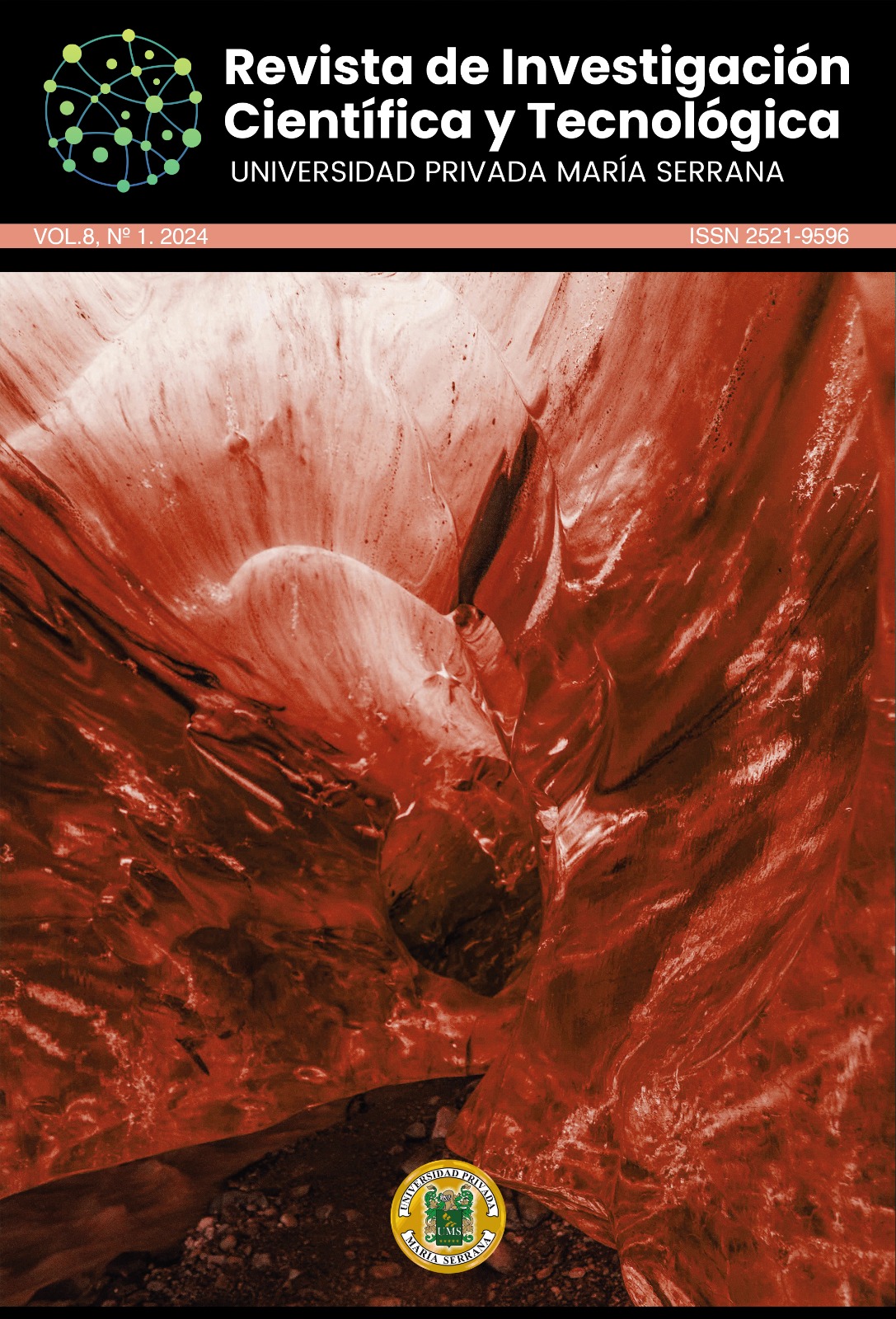Abstract
The purchase of second-hand clothing among young people has become a common practice in recent years as a counter-trend to fast fashion consumption. Based on the defi- nition of the fast fashion concept and its negative consequences for the environment, this study reviews the scale proposed by Guiot and Roux (2010) to find a parsimonious scale that allows for a better evaluation of the motivations that lead young people to make these types of purchases. Through a review of literature on consumer behavior regarding fast fashion but also on purchases in flea markets by Generation Z youth, the need to iden- tify a simpler model that represents responsible purchasing in this industry was found, allowing for a better understanding and analysis in a more straightforward manner. A factorial analysis was applied to 22 items using SPSS software, which identified five dimensions (Emotional Motivators, Rational Motivators, Self-perception Construction, Social Stigma, and Understanding the Circular Fashion Construct) that are essential for explaining the sustainable purchasing behavior of second-hand clothing among young consumers. Ultimately, it can be inferred that although young people of this generation understand the importance of sustainable fashion and do not dislike buying second-hand clothing, there still exists a certain social stigma towards this purchasing behavior.
References
Bagozzi, R.P. y Warshaw P.R. diarioinformacion.com/la-moda-ecolo-(1990). Trying to consume. Journal of Consumer Research, 17(2), 127–140, https://doi.org/10.1086/208543
Bianchi, C. y Birtwistle, G. (2011). Consumer clothing disposal behaviour: a comparative study. International Journal of Consumer Studies, 36, 335-341. https://doi.org/10.1111/j.14706431.2011.01011.x
Donnellan, M. B., Oswald, F. L., Baird, B. M., & Lucas, R. E. (2006). The Mini-IPIP Scales: Tiny-yet-effective measures of the Big Five Factors of Personality. Psychological Assessment, 18(2), 192–203. https://doi.org/10.1037/10403590.18.2.192
Economía.gob.mx (2020). Censo de Población y Vivienda 2020. https:// www.economia.gob.mx/datamexico/es/ profile/geo/saltillo-99504#:~:text=La%20poblaci%C3%B3n%20total%20de%20Saltillo,24%20a%C3%B1os%20(90%2C407%20habitantes).
Edbring, E.G., Lehner, M. y Mont, O. (junio 2016). Exploring consumer attitudes to alternative models of consumption: motivations and barriers. Journal of Cleaner Production, 123, 5-15. https://doi. org/10.1016/j.jclepro.2015.10.107
Ferrer, J.Ll. (15 de marzo del 2021). La moda ecológica crece en España: ya hay 130 marcas asociadas. Biodiversidad. Verde y Azul. https://verdeyazul.gica-crece-en-espana-ya-hay-130-marcas-asociadas.html
Forero Sánchez Y.A. (27 de julio del 2021). Fast Fashion: un fenómeno alimentador de las sociedades consumistas. Derechos humanos y empresas. Universidad Externado de Colombia. https://derechos-humanos-y-empresas.uexternado. edu.co/2021/07/27/fast-fashion-un-fenomeno-alimentador-de-las-sociedades-consumistas/
Guiot, D. y Roux, D. (Diciembre 2010). A second-hand shoppers’ motivation scale: antecedents, consequences, and implications for retailers. Journal of Retailing, 86(4), 355-371. https://doi.org/10.1016/j.jretai.2010.08.002
Greenpeace México (29 de enero 2021). Fast Fashion: de tu armario al vertedero. Cambio Climático. Grrenpeace. https://www.greenpeace.org/mexico/ blog/9514/fast-fashion/
Hernández, C. (s.f.) Moda Rápida: La Industria que Desviste al Planeta. ¿Cómo ves? UNAM. https://www.comoves.unam.mx/numeros/articulo/257/moda-rapida-la-industria-que-desviste-al-planeta
Hoyer, W.D., MacInnins, D.J., y Pieters, R. (2023). Comportamiento del Consumidor. CENGAGE Learning.
Kotler, P., Karatajaya, H., y Setiawan, I. (2021). Marketing 5.0: Technology for humanity. 1ª. Edición. Wiley.
Kotler, P., & Keller, K. L. (2016). Dirección de Marketing. 5ª. Edición. Pearson.
Krueger, N.F. (2009). Entrepreneurial intentions are dead: Long live entrepreneurial intentions. In A.L.Carsrud y M. Brännback (Eds.), Understanding the entrepreneurial mind (pp. 51–72). Springer.
La Verdad. (19 de octubre 2020), La exposición “About time” apunta a la sostenibilidad como el futuro de la moda. La verdad. Retrieved from La verdad. https://laverdadnoticias.com/estiloyvida/La-exposicion-About-Time-apunta-a-la-SOSTENIBILIDAD-como-el-futuro-de-la-moda-20201029-0163.html
Labruna, A. y Rathod, S. (2005). Questionnaire length and fatigue effects. ESOMAR Panel Research Conference, Budapest, April. https://ana.esomar.org/ documents/questionnaire-length-and-fatigue-effects
Laitala, I. y Grimstad K. (junio 2018). Motivations for and against second-hand clothing acquisition. Intellect Discover 5(2), 247-262. https://doi. org/10.1386/cc.5.2.247_1
McNally, J. J., Martin, B. C., Honig, B., Bergmann, H., & Piperopoulos, P. (2016). Toward rigor and parsimony: a primary validation of Kolvereid’s (1996) entrepreneurial attitudes scales. Entrepreneurship & Regional Development, 28(56), 358-379. https://doi.org/10.1080/0898 5626.2016.1154985
Padmavathy, C., Swapana, M., y Paul, J. (2019). Online second-hand shopping motivation–Conceptualization, scale development, and validation. Journal of Retailing and Consumer Services, 51, 19-32. https://doi.org/10.1016/j.jretconser.2019.05.014
Pastrana Granados, M. L. y Almanza Chávez, M. T. (2021). Fast Fashion: ¿moda o contaminación? Jóvenes en la Ciencia, 12, 1–8. https://www.jovenesenlaciencia.ugto.mx/index.php/jovenesenlaciencia/article/view/3272
Roux, D. y Korchia, M. (Enero 2006). Am I what I wear? an exploratory study of symbolic meanings associated with secondhand clothing. Advances in consumer research. Association for Consumer Research, 33(1), 29-35 http://www. acrwebsite.org/volumes/12284/volumes/ v33/NA-33
Sandes, F.S. y Leandro, J. (julio 2019). Exploring the motivations and barriers for second hand product consumption. 2019 Global Fashion Management Conference at Paris Proceedings, 292-296. https://doi.org/10.15444/ GFMC2019.02.08.05
Styvén, M.E., y Mariani, M.M. (2020). Understanding the intention to buy secondhand clothing on sharing economy platforms: The influence of sustainability, distance from the consumption system, and economic motivations. Psychology & Marketing, 37(5), 724-739. https://doi. org/10.1002/mar.21334
Sustain your style (2017). ¿Qué le pasa a la industria de la moda? Sustain your style. https://es.sustainyourstyle.org/ en/whats-wrong-with-the-fashion-industry
Welbourne, T. M., Johnson, D. E., & Erez, A. (1998). The Role-Based Performance Scale: Validity Analysis of a Theory-Based Measure. The Academy of Management Journal, 41(5), 540–555. https://doi.org/10.2307/256941

This work is licensed under a Creative Commons Attribution 4.0 International License.






